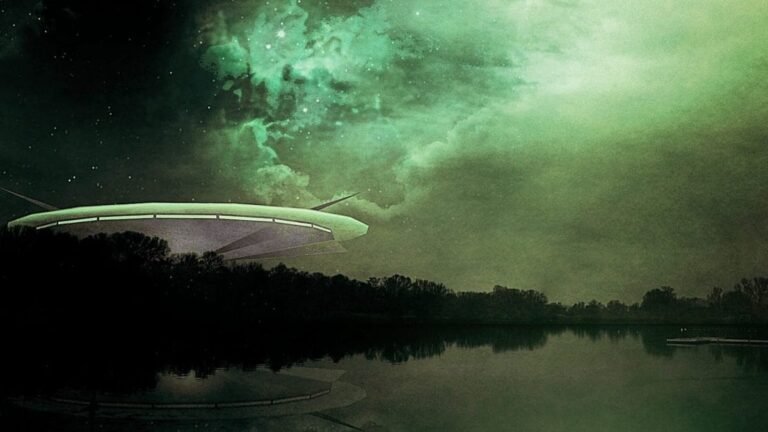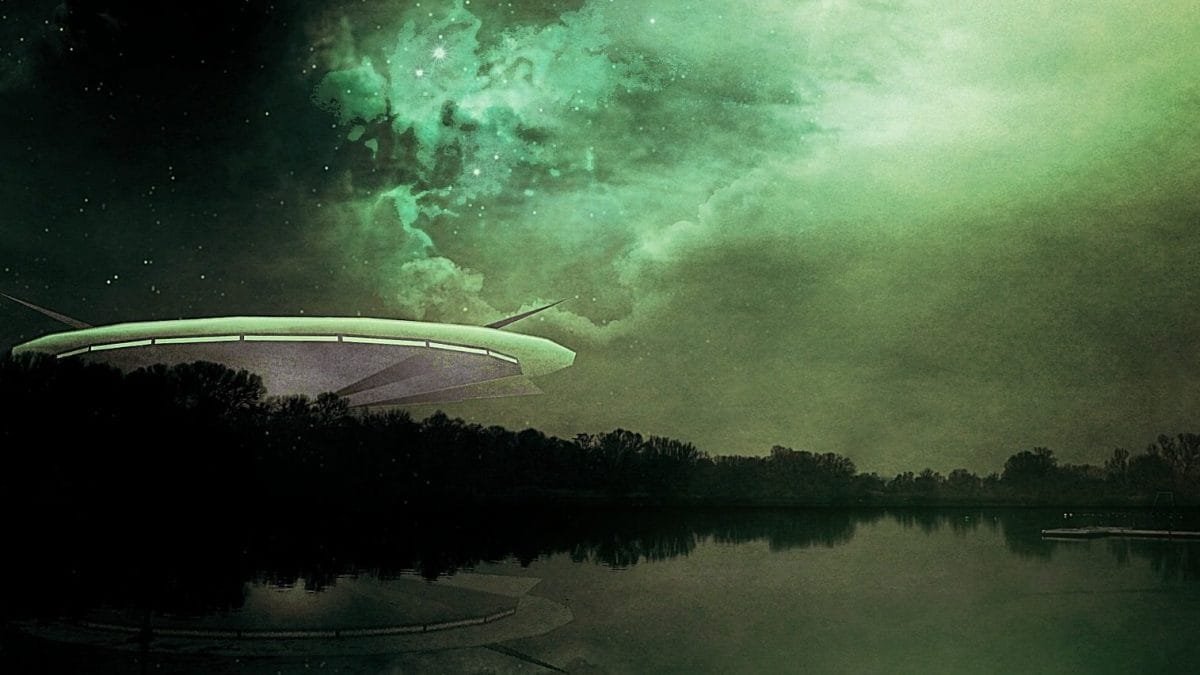
Researchers at the University of St Andrews have created the SETI Post-Detection Hub to responsibly deal with possible alien contact.

A large part of the scientists are completely convinced that we are not alone in the universe, but due to the enormous distances in outer space, we do not know if we will ever come into contact with any of the aliens of the so-called civilizations . But this uncertainty cannot make us arrive unprepared if we really have contact with those extraterrestrials. How would we behave? What should be humanity’s best and most responsible approach to such a momentous event for our species? The United Nations (UN) has developed bodies and procedures to be activated in the event that a giant asteroid is headed for Earth and threatens the apocalypse, but there is nothing concrete for the possible detection of extraterrestrials, both directly and indirectly, through the detection of a radio signal. The only SETI (Search for Extraterrestrial Intelligence) protocols on the subject date back more than 30 years and have not been updated for at least a decade, moreover they only refer to the scientific conduct to be performed. There is nothing socially or politically so fundamental to the management of such a revolutionary event that it has unpredictable, potentially wonderful, but also absolutely catastrophic consequences.
To fill this unjustified gap, researchers at the University of St Andrews – the oldest in Scotland – have created a new ad hoc international research centre, precisely to better prepare humanity’s coordinated response in the event of contact with the extraterrestrials. The authoritative center, called the SETI Post-Detection Hub, referring to actions to be taken after contact, was established at the Center for Exoplanet Science and the university’s Center for Global Law and Governance, with the aim of involving experts from several disciplines. Not only scientific personalities, but also from the humanities, with the aim of developing the best protocols to deal with the “crisis”. The researchers will also assess the impact on humanity of such an event, which risks completely disrupting the understanding of life, the religions and the pillars of our society.
Detecting the Earth’s position to aliens – for example through encrypted messages sent into space – is considered a far from wise choice according to some experts, including the late astrophysicist Stephen Hawking, given that these eavesdropping may have non-peaceful intentions . . Therefore, the analysis and linguistic interpretation of a possible extraterrestrial signal must be carried out with the utmost care by the experts involved in the SETI project in order to manage a possible response.
“Science fiction is full of assessments of the impact on human society after discovery and even encounters with life or intelligence elsewhere. But we need to go beyond thinking about the impact on humanity. We need to coordinate our specialist knowledge not only to assess evidence, but also to consider human social response as our understanding evolves and what we know and what we don’t know is communicated. And now is the time to do that,” said Dr John Elliott, a researcher at the University of Scotland’s School of Computer Science and coordinator of the SETI Post-Detection Hub, in a press release. “Will we ever receive a message from ET? We don’t know. Soltre non sappiamo quando questo accadrà – ha specificato lo scienziato – , ma sappiamo che non possiamo permetterci di essere impreparati – scientifically, socially and politically senza una guida -, per un evento che potrège trasformarsi in realtà domaniter non dim oh wrong”. The new Hub will therefore be responsible for developing a real guideline that will go from research to the interpretation of extraterrestrial signals, up to the potential response to be given to our “neighbors”.
According to a recent study by the University of Nottingham, in our galaxy alone – the Milky Way – there are at least 36 extraterrestrial civilizations, a calculation obtained thanks to a modified version of the famous Drake equation. This is, of course, a hypothesis, but if these civilizations really existed, sooner or later the historical contact could take place. To date, according to another research by the Blue Marble Space Institute of Science in Seattle and the American University of Washington, this contact would not only have occurred because of our technological backwardness, but also because the aliens would have no interest in visiting the solar system. . What is certain is that the existence of intelligent extraterrestrials cannot be ruled out absolutely, so being prepared is certainly the best approach to dealing with an event of revolutionary significance for all of humanity.